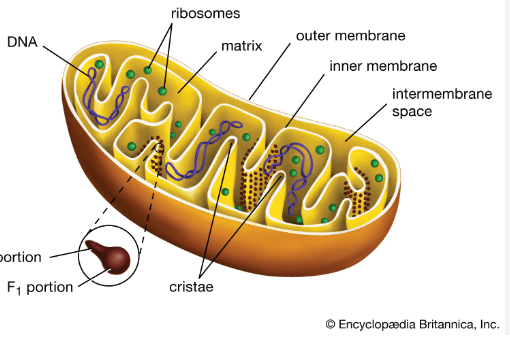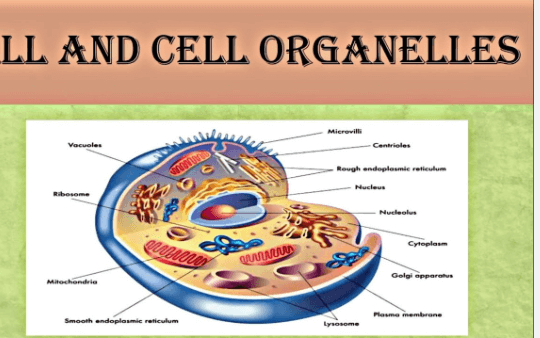Learning Through Art: Cellular Organelles

The intersection of art and science presents a compelling avenue for exploring Learning Through Art: Cellular Organelles, allowing for a deeper understanding of complex biological structures. By employing artistic methods such as infographics and 3D models, educators can facilitate a more engaging comprehension of organelle functions, enriching the learning experience. This approach not only cultivates critical thinking and creativity but also invites students to appreciate the elegance of cellular processes. As we examine the specific techniques and projects that can enhance this interdisciplinary learning, the implications for both education and scientific literacy become increasingly significant.
Importance of Cellular Organelles
Learning Through Art: Cellular Organelles play a crucial role in the functioning of living organisms, serving as the specialized structures within cells that perform distinct tasks essential for life.
Understanding organelle functions enhances our appreciation of cellular structures and their contributions to overall health.
Read More Kawaii:I3hloh_C1zu= Cute:2ogeergl3-Y= Cat
Each organelle, from mitochondria to ribosomes, has a unique role, collectively ensuring that cellular processes run smoothly, supporting life itself.
Artistic Techniques for Visualization
Visualization plays a vital role in enhancing our understanding of complex concepts, especially in scientific fields such as biology.
Various visualization methods, including diagrams, infographics, and 3D models, can be combined with diverse artistic styles to create compelling representations of cellular organelles.
These techniques not only engage the viewer but also encourage a deeper exploration of biological intricacies, fostering creativity and critical thinking.
Projects to Enhance Learning
Frequent engagement in hands-on projects can significantly enhance learning outcomes, particularly in the realm of art and science integration.

Utilizing model organisms in creative assignments fosters a deeper understanding of cellular structures. Interactive exhibits provide dynamic environments where students can explore concepts artistically, bridging gaps between disciplines.
These projects not only stimulate curiosity but also empower learners to express their knowledge innovatively.
Benefits of Art in Science Education
Integrating Learning Through Art: Cellular Organelles into science education offers numerous benefits that enhance students’ understanding and engagement.
Artistic expression fosters deeper comprehension of complex concepts, while creative engagement encourages critical thinking and problem-solving skills.
This interdisciplinary approach not only nurtures curiosity but also allows students to connect emotionally with scientific content, ultimately leading to a more profound appreciation for both art and science in their learning journey.
Read More Kawaii:3jx5im3kw4m= Cute:-Y3uzl1njum= Frogs
Conclusion
Incorporating art into the study of Learning Through Art: Cellular Organelles illuminates the intricate dance of life within each cell. By transforming abstract concepts into vivid visual representations, students can explore the complex functions of organelles with renewed curiosity and understanding. This interdisciplinary approach not only enhances comprehension but also nurtures creativity, ensuring that the wonders of biology resonate deeply. Ultimately, the marriage of art and science fosters a profound appreciation for the elegance of life’s microscopic marvels.





